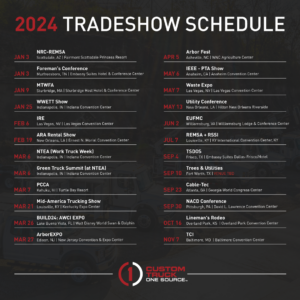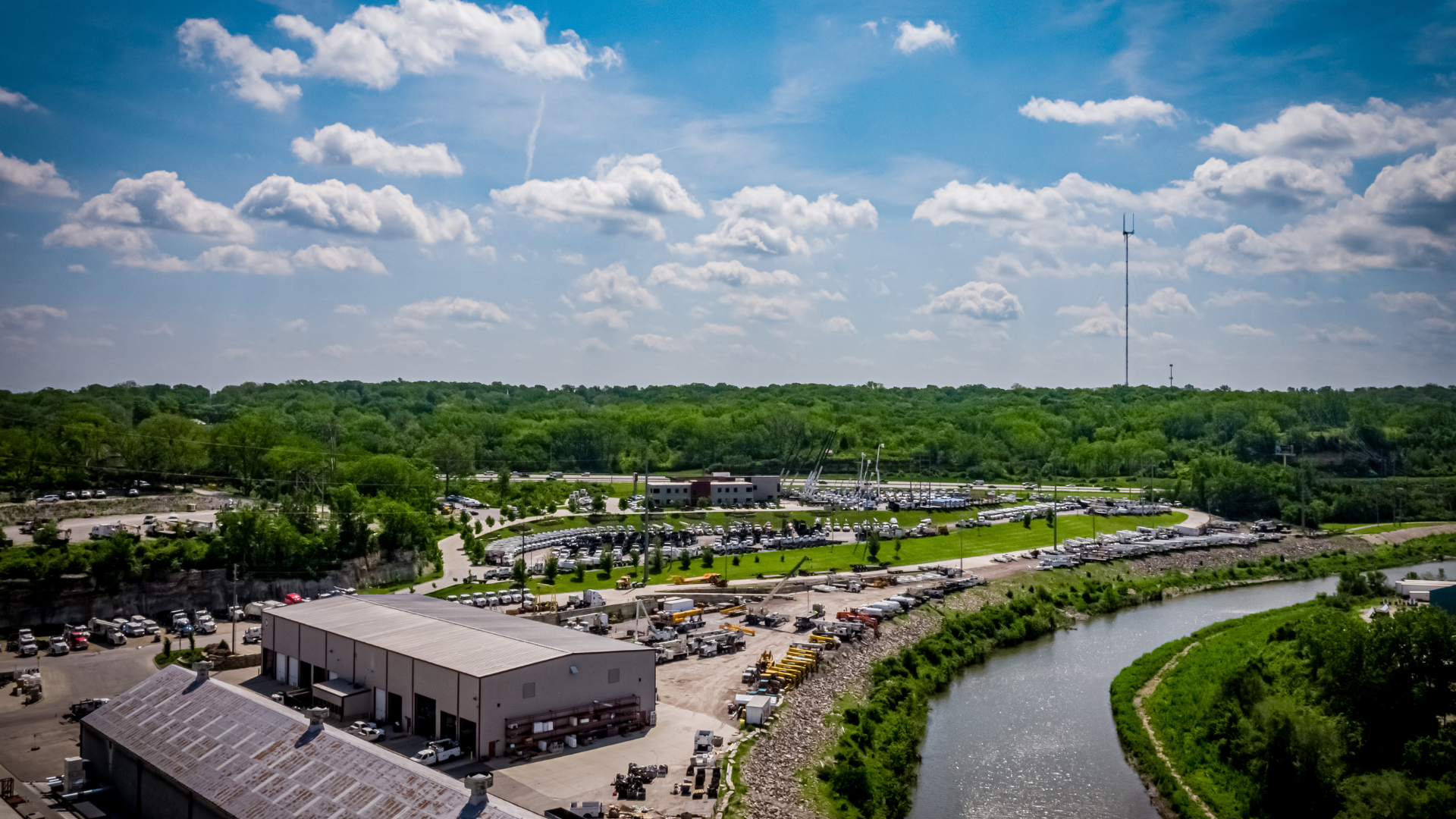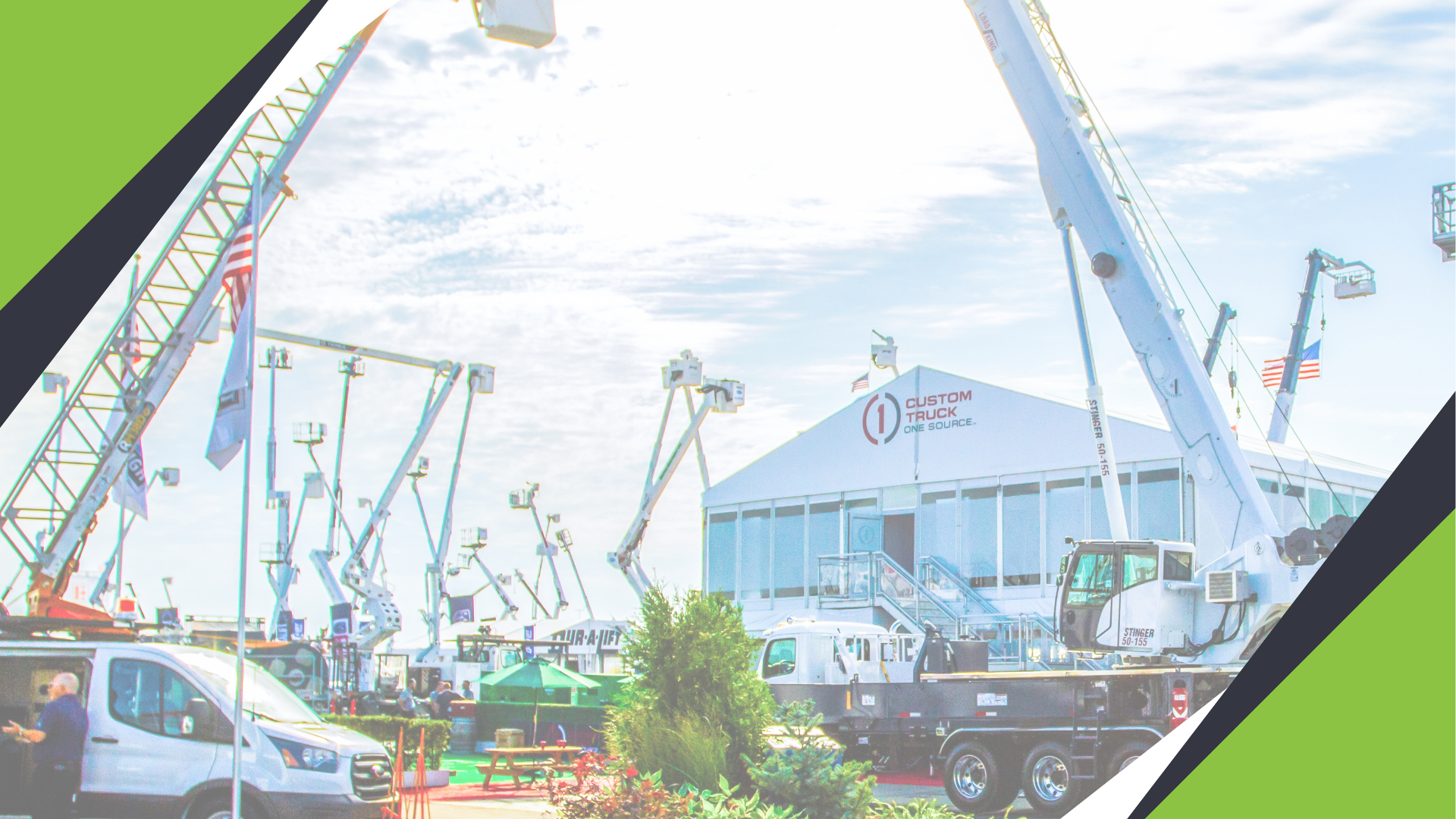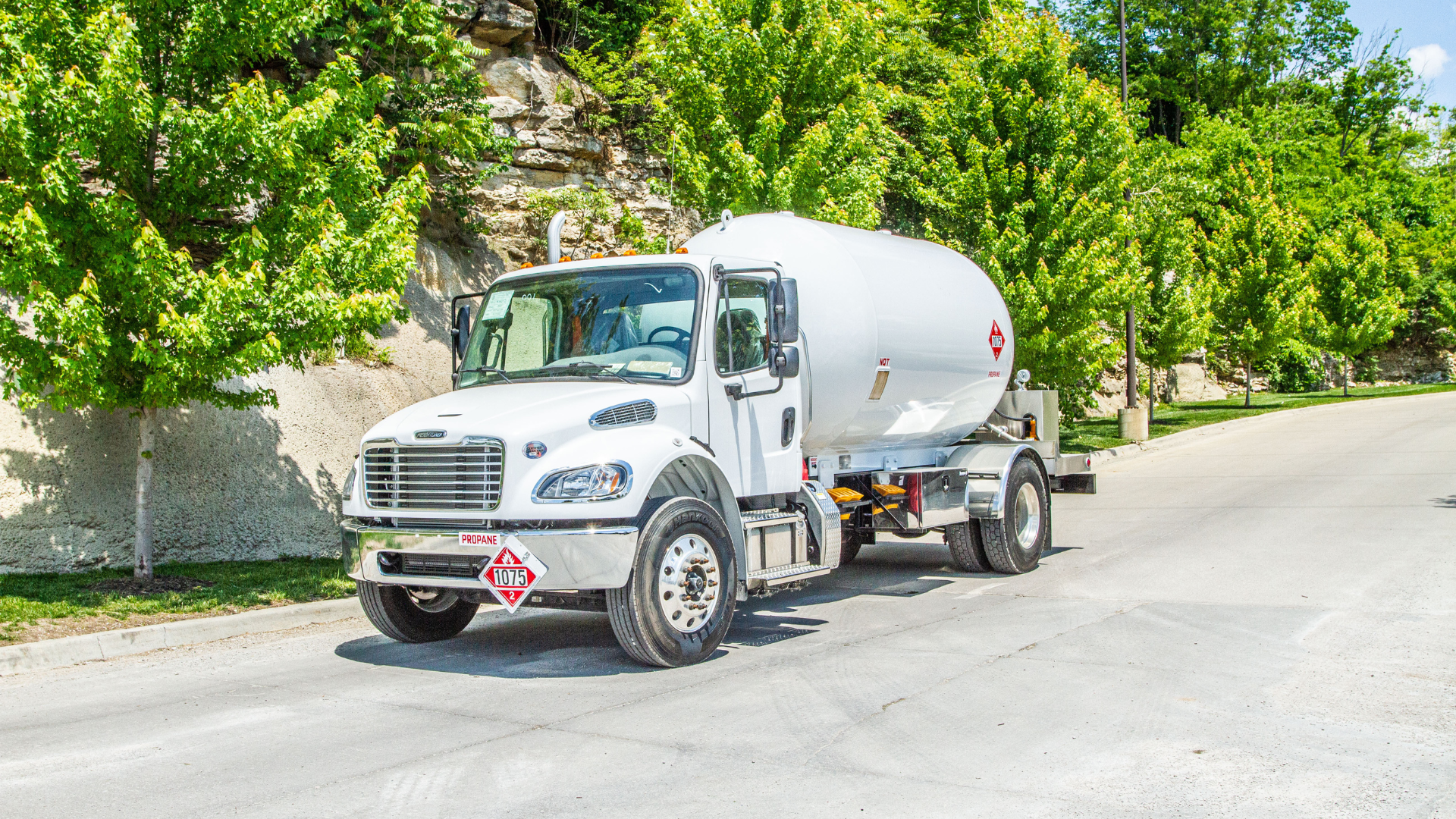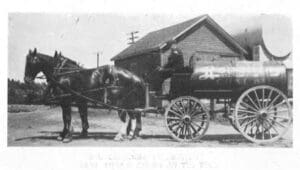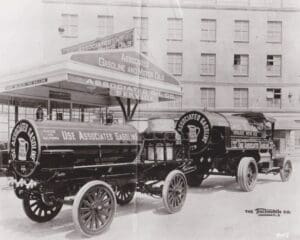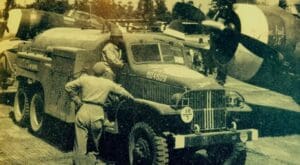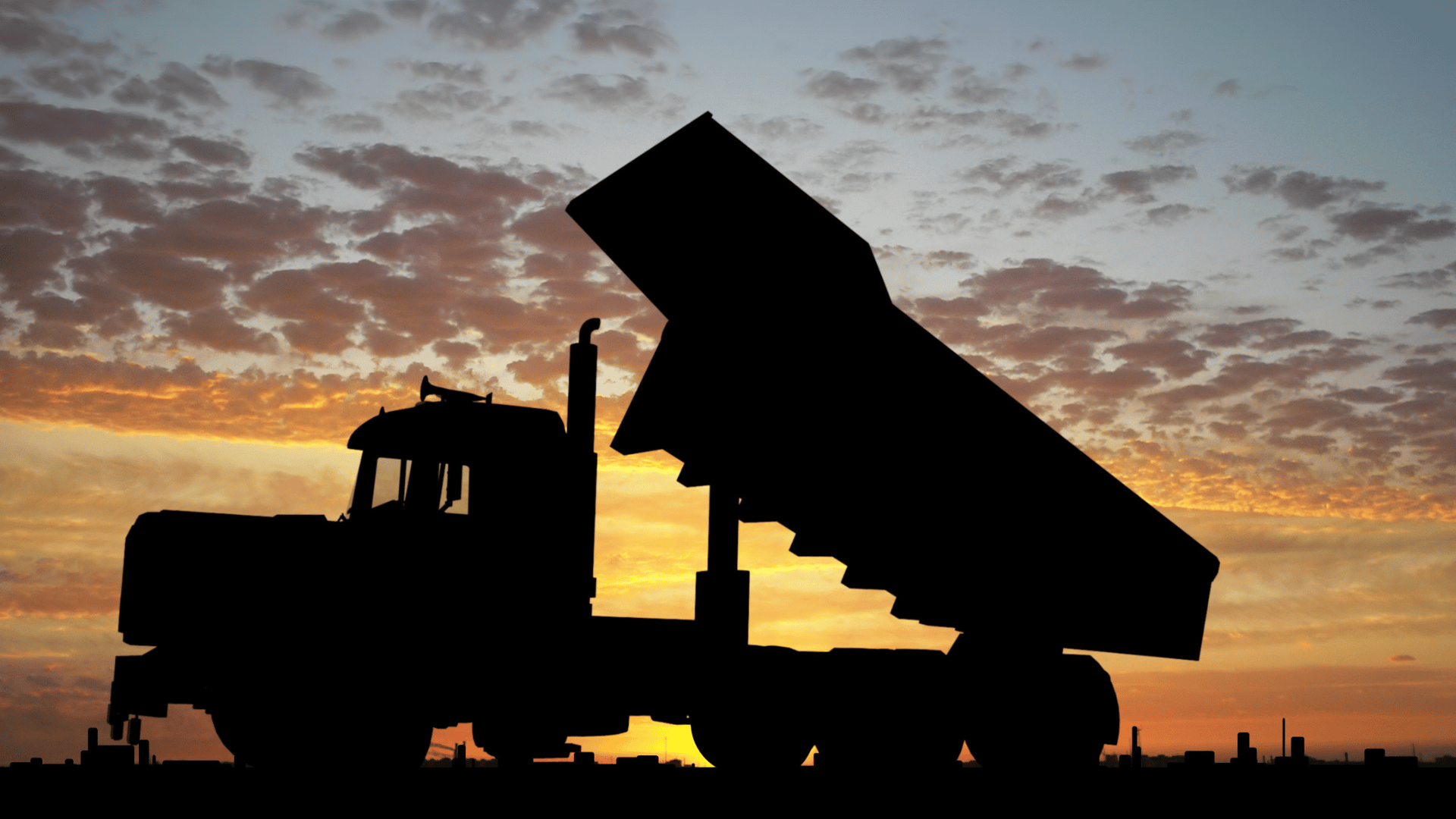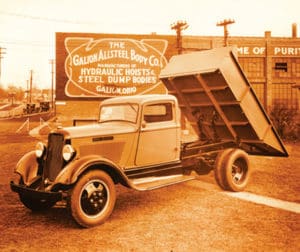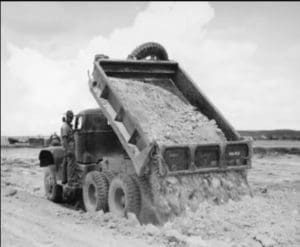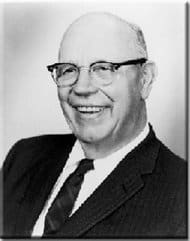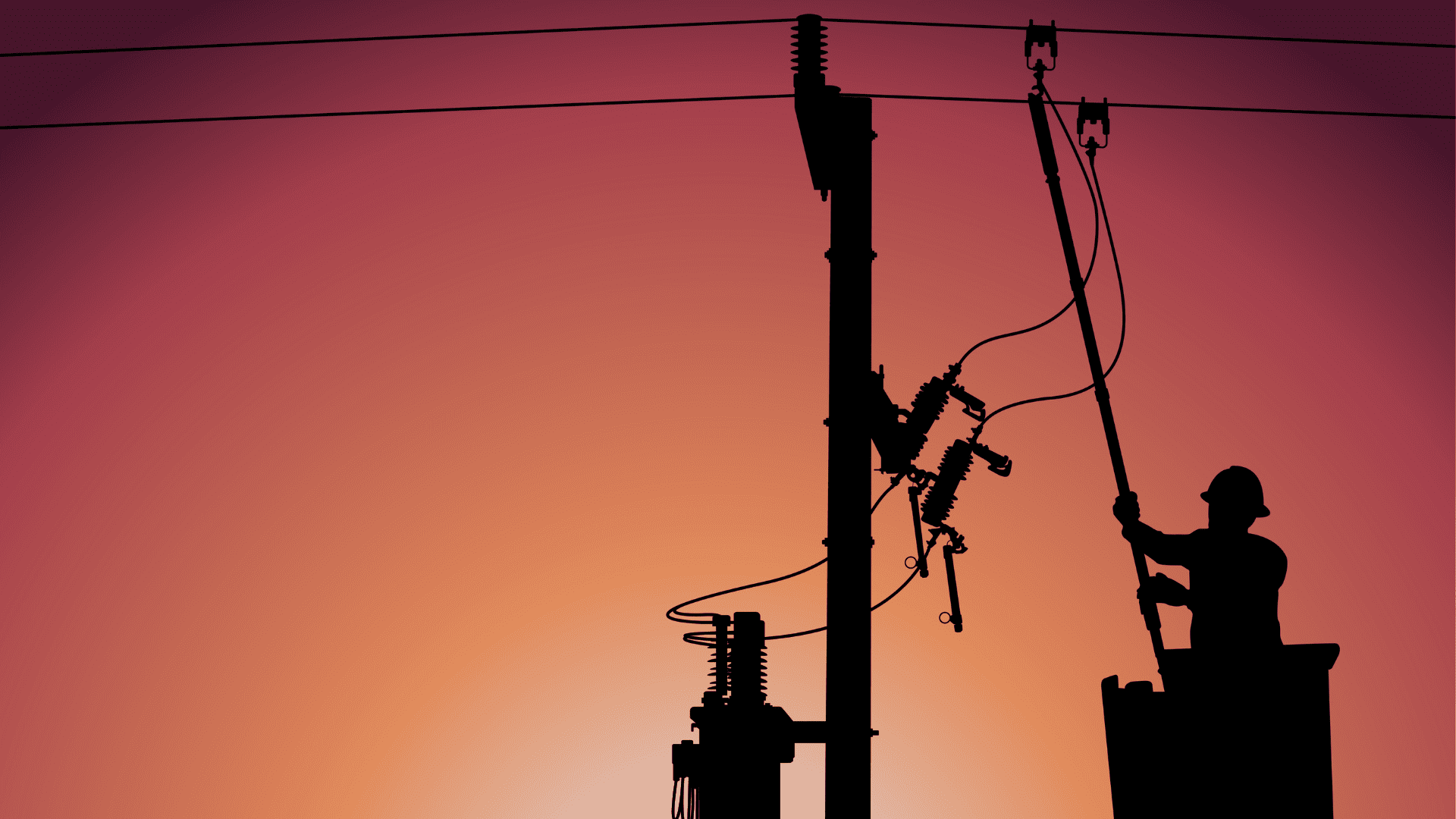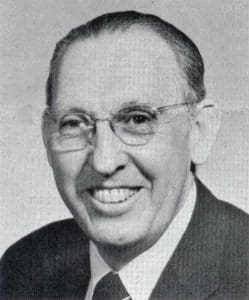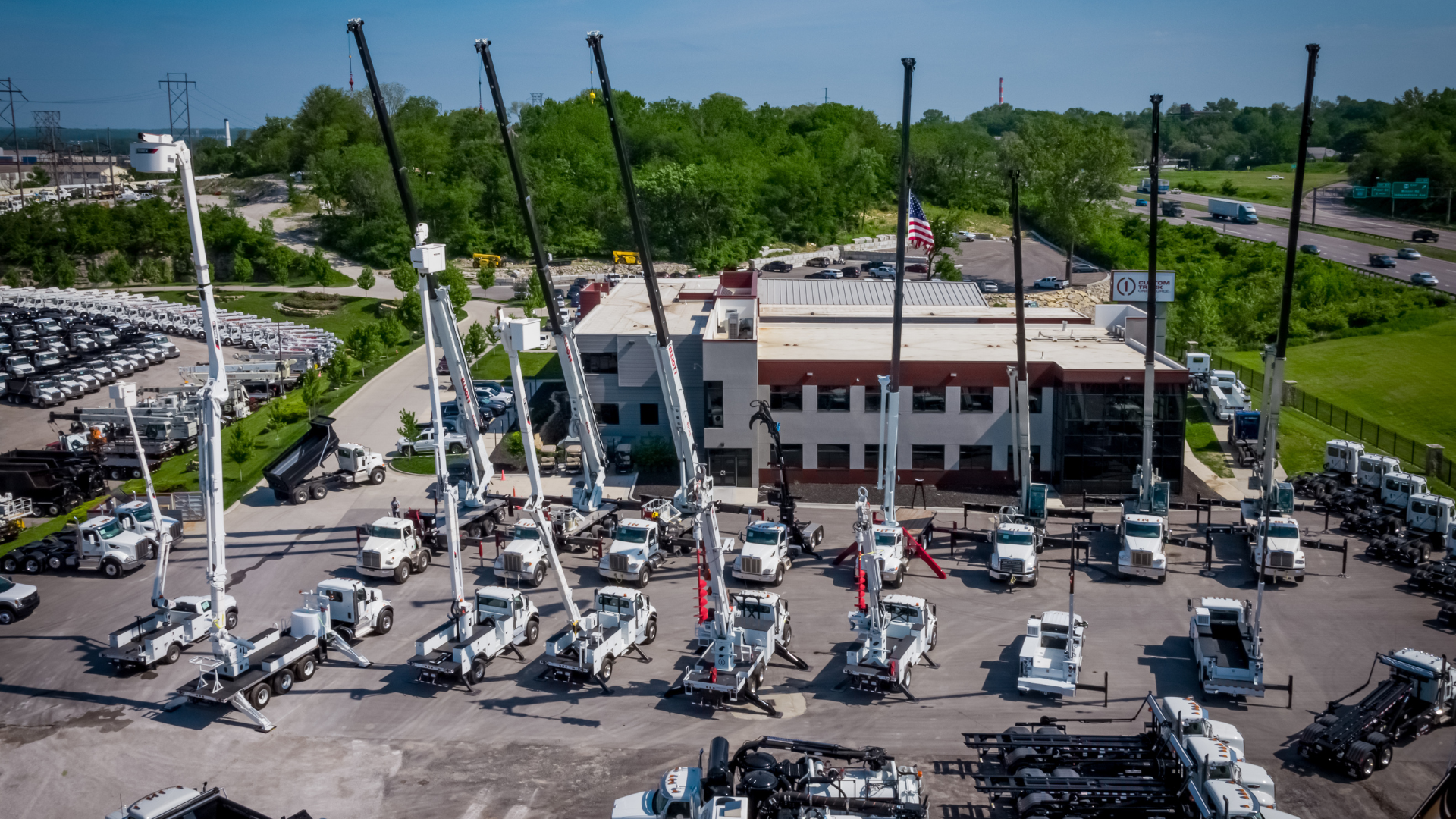
Custom Truck One Source has laid out an ambitious tradeshow schedule for the year 2024, highlighting our presence across various key industry events. The year kicks off with the NRC-REMSA event in Scottsdale, AZ, starting January 3rd, where industry professionals can connect and see the latest offerings from Custom Truck One Source.
Another significant event is the ARA Rental Show in New Orleans, LA, starting on February 19th. This event caters to the rental industry and is a perfect platform for Custom Truck One Source to display its versatile fleet options.
Notable is the double-header on March 6th, where Custom Truck will showcase both the NTEA (Work Truck Week) and the Green Truck Summit in Indianapolis, IN. These events are essential for those in the utility and construction sectors.
For those in the forestry sector, ArborFest in Asheville, NC on April 5th, and the Trees & Utilities event on September 10th in Fort Worth, TX provide focused opportunities to explore Custom Truck One Source’s tailored solutions.
At the beginning of May, Waste Expo will be held at the Las Vegas Convention Center. The expo offers an interactive conference program with themes of technology and innovation, covering topics like recycling, landfill management, fleet management, organics, safety, and food recovery.
SCTE Cable-Tec Expo 2024 is the premier event for professionals in the broadband telecommunications sector. This expo, renowned as the most influential learning and networking event in the Americas, celebrates 40 years of industry leadership and technological transformation. The show takes place on September 23rd in Atlanta, GA at the Georgia World Congress Center.
TCI Expo, set to take place in Baltimore from November 7-9, is the world’s largest tree care industry trade show and conference. This event is a hub for professionals in the tree care industry to discover the latest in tree care technology, network with peers, and learn from industry leaders. Attendees can look forward to a variety of educational sessions, demonstrations, and exhibits.
The year wraps up with Custom Truck One Source making its last few tradeshow stops at the Lineman’s Rodeo on October 16th in Overland Park, KS, a fitting end to a year of connecting with customers and showcasing lineman’s specialized vehicles and equipment.
With a full slate of events, Custom Truck One Source is set to reinforce its position as a leader in providing specialized truck and heavy equipment solutions across industries. Whether you’re in utilities, construction, trucking, or forestry, there’s an event on the 2024 tradeshow schedule where you can meet the team and learn more about our products and services.


